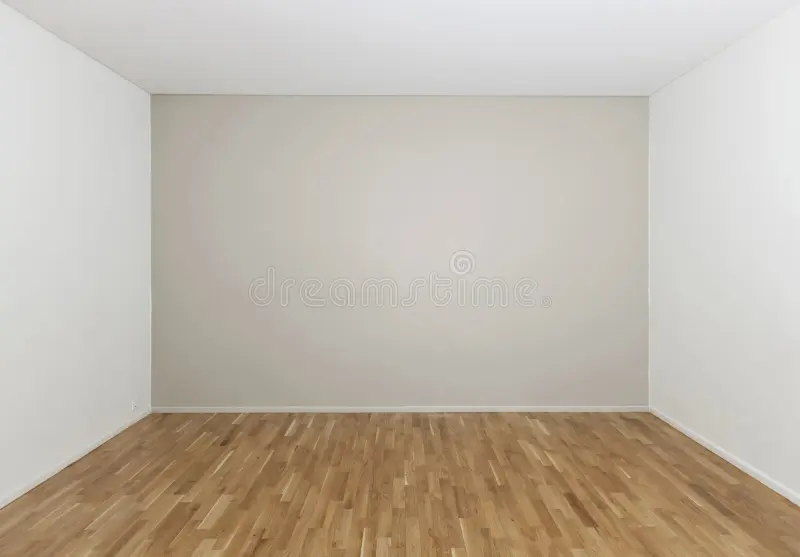Discover the mystery of the room with no doors or windows that have perplexed minds for centuries. Imagine finding yourself trapped in a space seemingly devoid of any means of entry or escape. How did you get here? And, more importantly, how can you break free from this confounding conundrum? We will explore various theories and speculations surrounding these puzzling chambers. We’ll also dive into scientific explanations that shed light on the mysteries behind them.
Description of the Room
As you enter the room, your eyes widen in disbelief. It is a small, enclosed space with smooth walls that stretch endlessly in every direction. There are no discernible doors or windows to be seen anywhere – just an impenetrable surface surrounding you. The walls have a peculiar texture, resembling polished stone without visible seams or cracks. The floor beneath your feet feels solid and cold, as if made from some unknown material. The ceiling hangs ominously overhead, casting an eerie glow that adds to the sense of mystery and isolation. You reach out tentatively to touch the walls, hoping for some clue as to their composition or origin. To your surprise, they feel strangely warm and almost alive under your fingertips. Is it possible that these walls hold a secret power beyond human comprehension?
Theories and Speculations
One theory suggests that the room may possess hidden passages or secret entrances cleverly disguised to deceive our senses. There may be concealed trapdoors in the floor or walls leading to another part of the building, allowing for an escape route. Another speculation revolves around supernatural phenomena. Could this mysterious room be under the influence of otherworldly forces? Some believe it could result from powerful magic or a portal to another dimension entirely. A more scientific hypothesis proposes that the lack of visible exits might be due to advanced technology. Is this peculiar space equipped with cutting-edge camouflage mechanisms or advanced holographic projections?
Scientific Explanations
Scientists have long been fascinated by the enigma of rooms seemingly defying traditional architectural design. One theory posits that these mysterious spaces may result from advanced technology or hidden passageways. Another possibility is that they exist within a different dimension, inaccessible to our human senses. Researchers have also explored the concept of optical illusions and perceptual distortions as potential explanations for these perplexing rooms. Cleverly designed mirrors and strategic lighting can create an illusion of a closed space with hidden exits.
Cultural Significance
A room with no doors or windows has captured the imagination of cultures worldwide. In ancient myths and legends, such rooms are often seen as portals to other realms or dimensions. They symbolize mystery, hidden knowledge, and the boundary between reality and fantasy. In some cultures, these mysterious rooms are believed to be inhabited by supernatural beings or spirits. They serve as sacred spaces for rituals and ceremonies, where people seek guidance from the spiritual realm.
Famous Examples of Rooms with No Doors or Windows
One notable example is found within Egyptian pyramids, such as the Great Pyramid of Giza. Deep within these ancient structures lie secret chambers sealed off from the outside world. These mysterious rooms served various purposes, from housing precious treasures to possibly serving as places for spiritual rituals. Another famous instance can be found in literature and film – think about Lewis Carroll’s “Alice’s Adventures in Wonderland.” The infamous room Alice stumbles upon features a tiny door she cannot access due to her size. This imaginative depiction highlights how even fictional tales can captivate us with puzzling spaces devoid of conventional entry points. Moving on to more recent times, escape rooms have gained popularity worldwide. These immersive experiences often incorporate elements where participants are locked inside seemingly impossible spaces without doors or windows. Solving puzzles and unraveling clues becomes essential for escaping these captivating environments.
Possible Solutions and Escapes
It is time to delve into possible solutions and escapes. While there may not be one definitive answer that fits all scenarios, several theories are worth considering. One theory suggests that hidden passages or secret compartments could provide an exit from the perplexing room. Cleverly designed architectural features might conceal a way out. A bookshelf swing open to reveal a hidden passage or a fireplace conceals an escape route behind its facade. Another possibility lies in the realm of illusions and trickery. Optical illusions can create the illusion of non-existent walls or openings, making it seem like there are no doors or windows when they exist. By studying the room’s dimensions and experimenting with different perspectives, one might uncover these concealed entrances.





